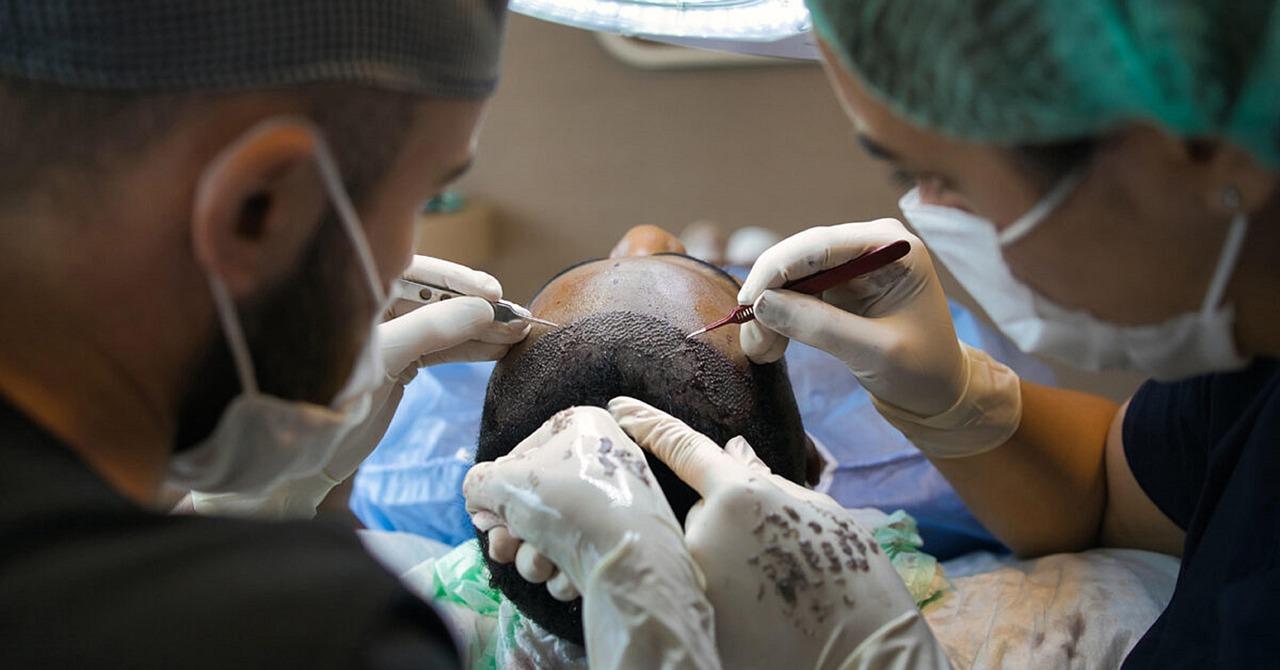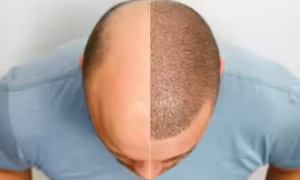Hair loss affects millions of people worldwide, impacting self-esteem and confidence. It is an issue that affects nearly 50% of males, but there are ways to combat hair loss, like hair transplant surgery. Fortunately, modern medical advancements have made hair restoration more accessible.
A hair transplant is a life-changing solution that offers permanent, natural-looking results. Whether you are experiencing thinning hair or significant baldness, understanding the procedure, benefits, and recovery process can help you make an informed decision. Choosing the right doctor for your needs is essential, as in all surgical operations. Health guides are available to help you compare clinics and read reviews to aid you in making an informed decision.
Restoring Hair with Advanced Techniques
A hair transplant is a surgical procedure that involves removing hair follicles from a specified area, usually the back or sides of the head, and implanting them into thinning or balding areas. The primary techniques used are Follicular Unit Extraction (FUE) and Follicular Unit Transplantation (FUT).
FUE treatments are minimally invasive, extracting and implanting individual hair follicles, leaving minimum scarring. The FUT method is a technique where a strip of scalp is removed, and follicles are harvested for implantation, often recommended for extensive hair loss. Both methods are effective and have long-lasting and natural results when performed by a skilled specialist.
The Ideal Candidate for Hair Transplants
Anyone experiencing premature hair loss, male or female pattern baldness, and those looking for a permanent solution to hair loss are good candidates for a hair transplant. The treatment has myriad benefits, including improved confidence and self-esteem.
Unlike temporary solutions like wigs or medications, a hair transplant provides permanent and natural-looking hair. The downtime is minimal; most patients return to work within a few days post-operation. People with alopecia areata, which causes bald patches, are not generally good candidates for a hair transplant.
Doctors recommend patients with high donor hair density for hair transplants. For example, patients with a donor area with at least 80 grafts per square centimeter are considered good candidates. If you are not sure if you are a good candidate, the easiest way to determine if you are is to set up a consultation with a reputable doctor with qualified credentials.
What to Expect After the Procedure
Recovery from a hair transplant is quick, with most patients experiencing mild swelling and scabbing for a few days after the procedure. Complete hair growth is noticeable within 6-12 months, with no other procedures being performed. The results last a lifetime, which is the biggest benefit of choosing a hair transplant for your hair loss solution.
These results depend on choosing the correct hair transplant clinic. There are essential factors to consider, such as the experience and credentials of the surgeons and the technology they use. Client reviews are a good way to determine which clinic to use and include testimonials and success stories.
For a detailed guide on top-rated clinics and expert recommendations, visit the Hair Transplant Review to help you make an informed choice.
A hair transplant is more than just a cosmetic procedure. It is an investment in confidence. If you are considering hair restoration, researching the best specialists and clinics is key to achieving optimal results. Visit Hair Transplant Review to explore more about the process, success stories, and expert insights on hair restoration.
Reviving hair loss through hair transplantation is beneficial in many ways. It is permanent, and the procedure is non-invasive, but you should do some research before settling on a doctor. Guides and online resources can help you compare doctors and clinics to determine the best one to suit your needs.



































